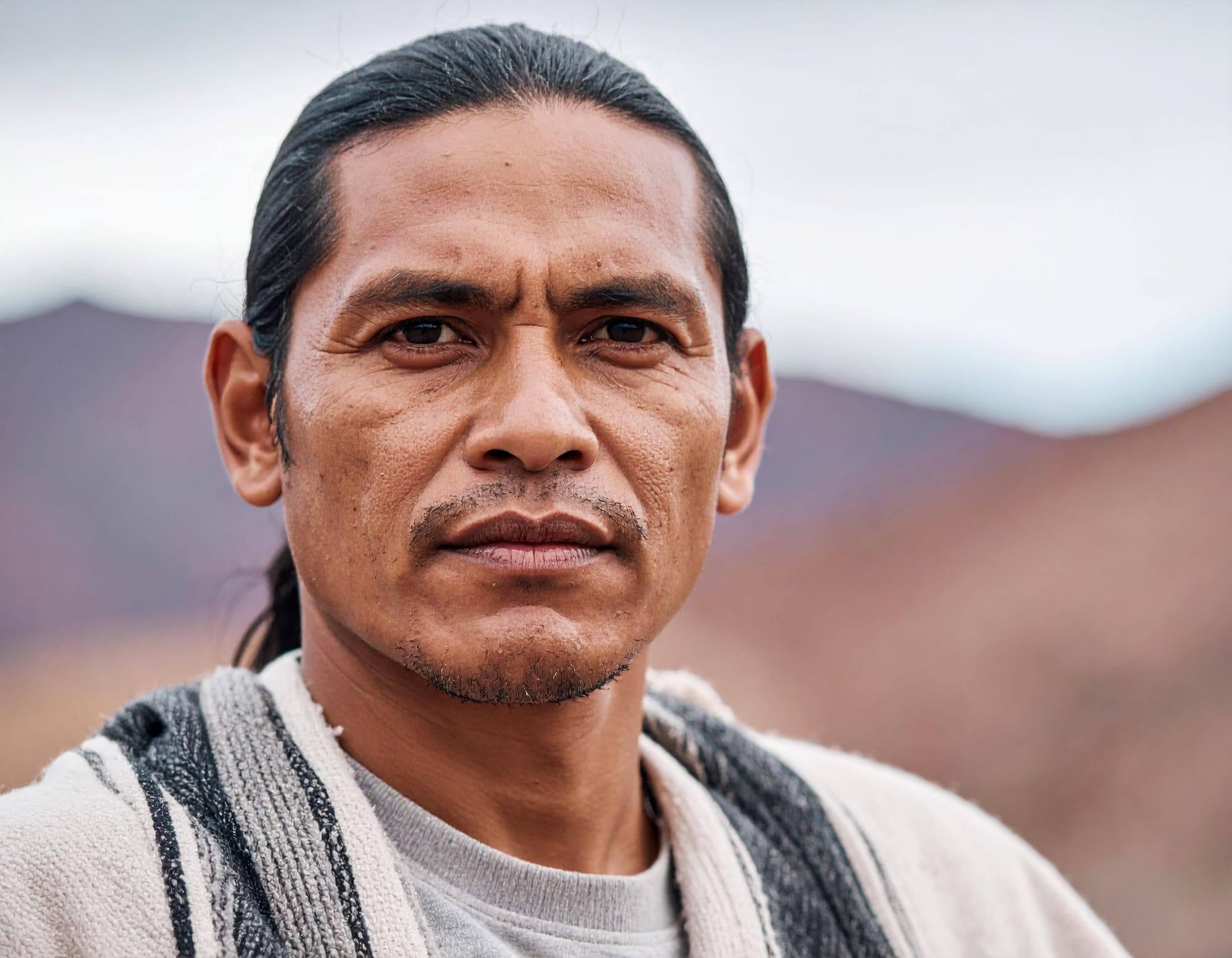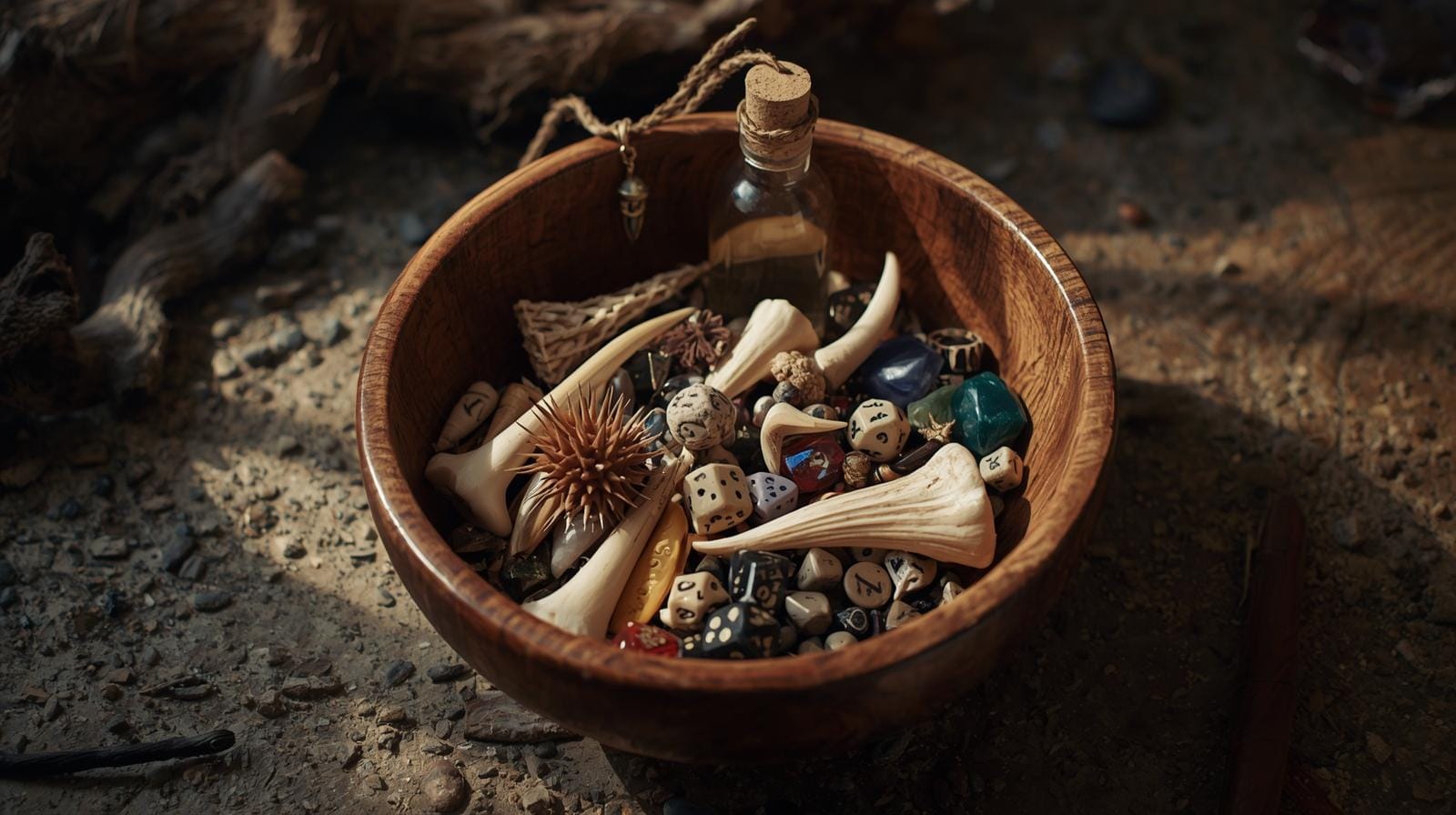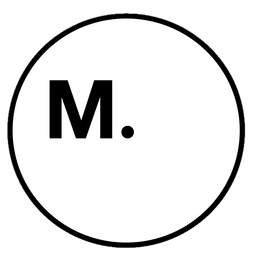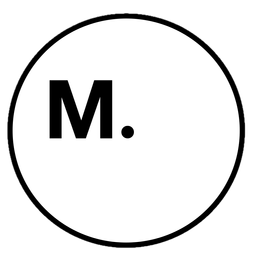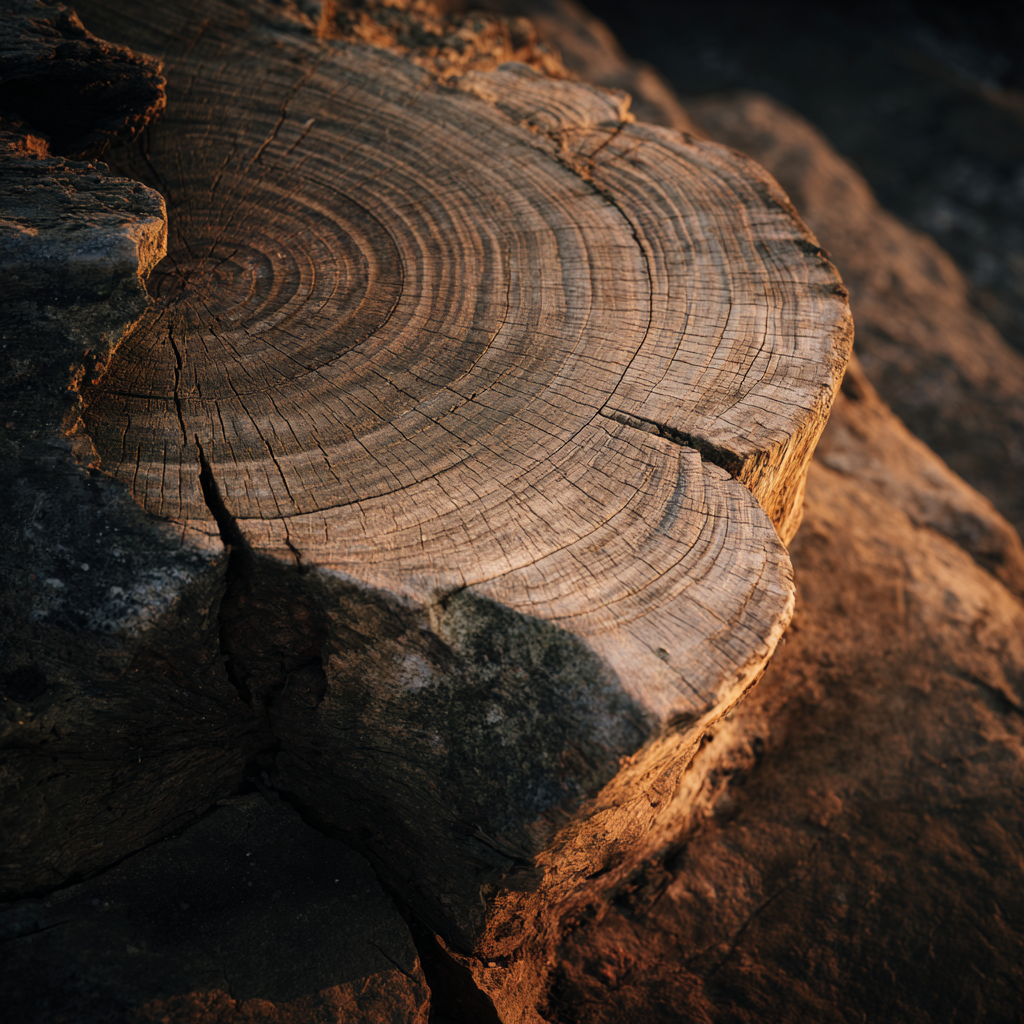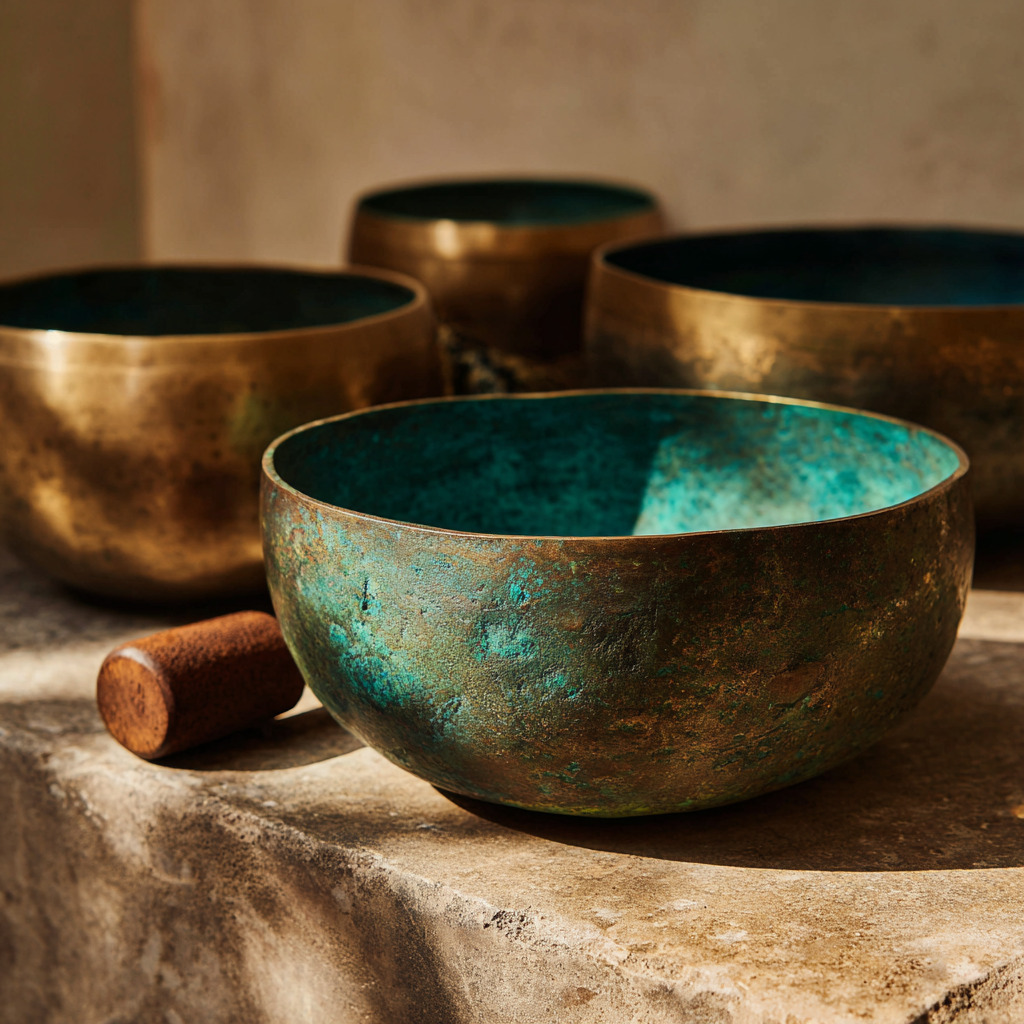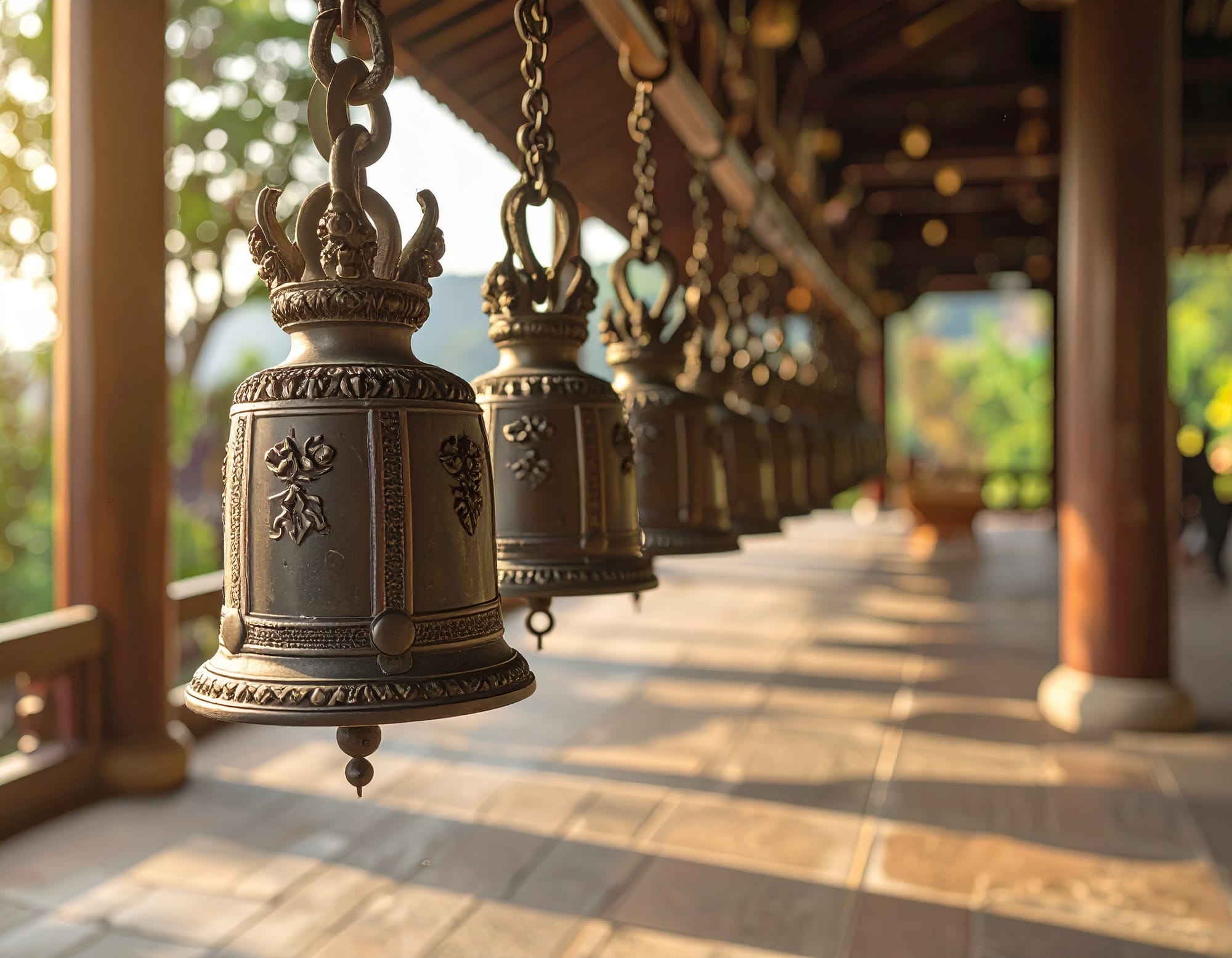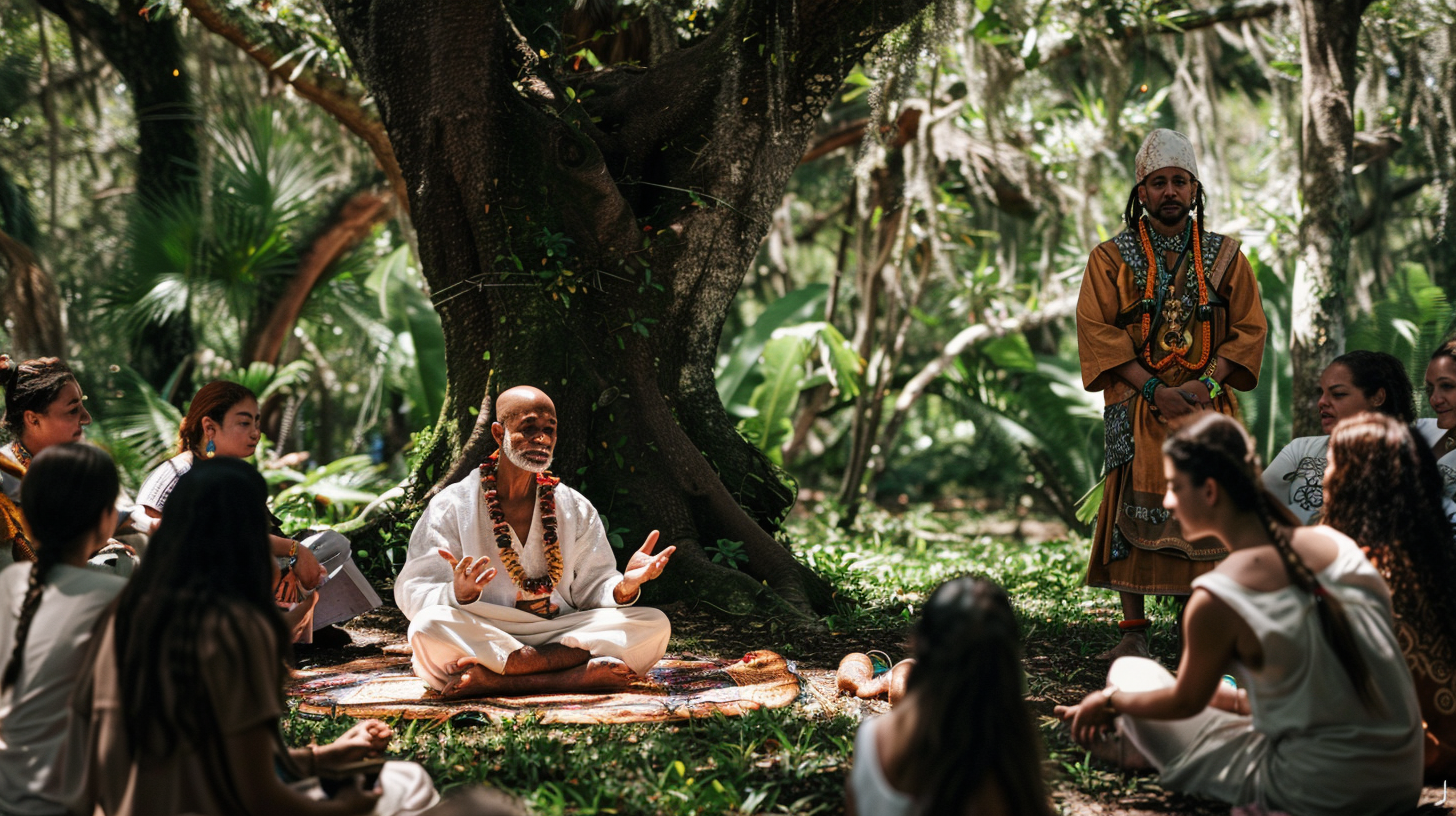Bones have always been more than mere remnants of the body and they are profound symbols, spiritual bridges, and primal vessels of power in shamanic tradition and mythology. This piece explores the deeper meaning of bones themselves: their roles in myth, ritual, and the spiritual worldview of shamans and magical practitioners, moving “above the bones” to honor their sacred essence rather than just their use in divination.
The Spiritual Symbolism of Bones
Across numerous cultures, bones are seen as the seat of life with the part of our being that endures long after flesh decays, carrying the memory, spirit, and energy of the living. In ancient myth, bones are associated with rebirth and the reanimation of life; Hebrews believed Eve was born from Adam’s rib, while northern Eurasian societies preserved animal and human bones for ritual, believing in their power to renew and heal. Bones are honored as the physical remains that connect us to ancestors, the afterlife, and the cycles of nature.
Bones are not only symbols of strength and endurance and they are regarded as holders of knowledge and transformation. Bones used in divination, ritual adornment, or ancestral offerings are believed to absorb wisdom, transmit messages between worlds, and support spiritual transformation. They are worn, carried, or meditated upon to channel resilience, guidance, and connection to the broader cycles of existence.
Bones as Vessels of Power and Knowledge
To shamans, bones represent resilience and connection, not death. Animal bones carry the “strength and spirit of the animal” serving as tools in ceremony, healing, and spiritual journeying. A raven's bone invokes mystery and transformation, while a bear's bone symbolizes courage and healing. In ritual costumes, shamans may even sew extra bones onto their garments believing more bones means greater spiritual power, or representing protection from ancestral spirits or the clan itself.
Traditional shamanic bone divination rituals were deeply communal and spiritual, serving as mediums for shamans to seek direct guidance on life-or-death matters, healing, hunting, and ancestral wisdom; bones were read to answer pressing questions for the tribe, diagnose illnesses, foresee the future, or prescribe remedies with all within a strictly ritualized and culturally inherited framework.
Ritual Handling and Respect
The ritual handling and respect for bones in shamanic and magical traditions involves intricate practices that elevate bones from mere remnants to powerful spiritual artifacts. Many cultures regard bones—especially those of sacred animals or ancestors—as vessels of enduring life force, and thus enforce strict taboos against mishandling, breaking, or discarding them casually. Instead, bones are reverently buried, adorned in ceremonial regalia, or placed on altars, often alongside offerings such as food, sacred herbs, or cloths, to honor the spirit and lineage of the being they belonged to. Animal bones might be intricately carved or fashioned into talismans worn for protection, courage, and healing, while skulls are central objects in death and rebirth rituals serving as memento mori and reminders of the cycle of existence in Tibetan Buddhist ceremonies or Mongolian shamanic rites.
During rituals, shamans offer prayers, songs, and gifts to the bones, fostering a sense of reciprocity and acknowledging the spiritual debt and kinship between human and animal, or between living and ancestral spirits. In some traditions, bones are decorated with symbols representing mythical animals, spirits, or cosmic forces, and the physical act of cleaning, preparing, and adorning bones may include chanting, anointing with sacred substances, and ritual dances in ceremonial garments often embellished with bone representations symbolizing protection, power, and spiritual transformation. Through this deep care and ritual respect, every bone is transformed into a spiritual bridge, remembered as a living memory, and cherished as a vital link between realms and generations.
Scapulimancy’s Influence
Scapulimancy techniques profoundly influenced other divinatory practices by introducing structured rituals, symbolic interpretation, and specialized treatment of animal remains. Originating in cultures like ancient China and among indigenous peoples worldwide, scapulimancy used precise observations of cracks, patterns, and marks on shoulder blades (sometimes after heating or ceremonial preparation) to divine answers about hunting, health, weather, and important tribal matters. Its ritualistic methodology, emphasis on consultation with spirits or ancestors, and the development of apyromantic and pyromantic methods set a blueprint for subsequent divinatory systems such as plastromancy (turtle shell divination), geomancy, and the use of bones or objects in oracle casting, which adopted similar modes of symbolic analysis and ceremonial handling. The communal nature, spiritual framework, and complexity of scapulimancy provided a lasting template that shaped the principles, symbolism, and ritual purity found in diverse forms of divination across Europe, Asia, and the Americas.
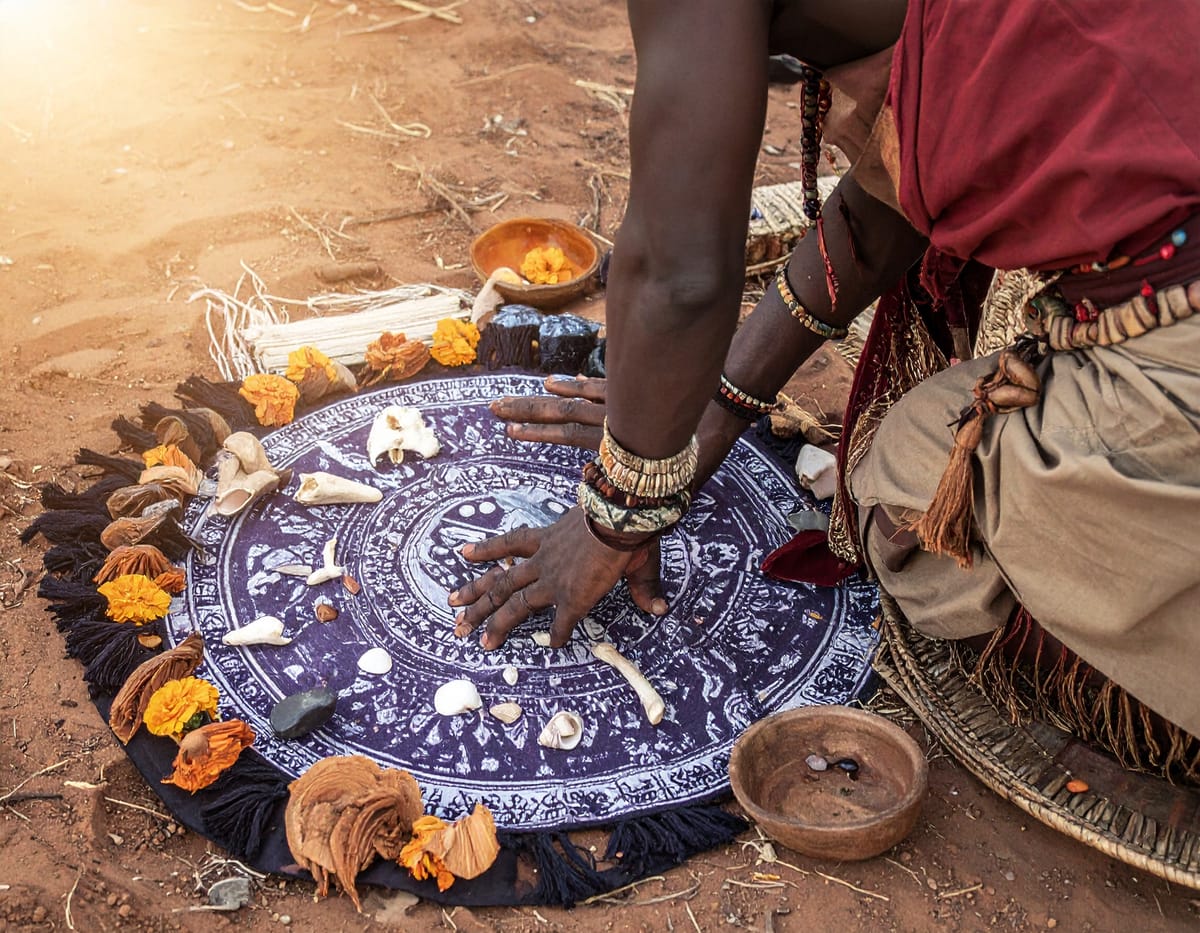
The Shaman’s Collection
A shaman’s journey toward collecting bones for divinatory work is shaped by both spiritual experiences and the guidance of gifts—often from ancestors, dreams, or initiatory ritualsthat direct them to specific animal remains resonating with their personal or community power. The process may begin after a shaman receives a vision, sign, or lesson in trance, learning which creatures offer the right bones; these spirits are believed to bestow mystical “gifts,” urging the practitioner to seek, find, or be led to bones that foster healing, wisdom, or transformation. Each bone chosen—whether from sacred hunts, found in nature, or given by mentors—is cleansed and honored, and its energy carefully read to ensure that it harmonizes with the shaman’s purpose; bones must not carry unwanted energies, and rituals may include offerings, songs, or gratitude before bringing them into sacred space.
For those just beginning, it is practical to start with a sample kit consisting of ethically sourced small bones, sturdy shells, stones, or other natural objects, each assigned clear symbolic meaning, and kept in a dedicated cloth or box. As experience deepens and spiritual intuition grows, gradually replace these sample pieces with bones and items personally gathered or gifted through meaningful experiences and always paying close attention to energetic resonance, personal dreams, and respectful cleansing practices to make each piece a true part of your divination system.
The Top African Heritage Stores for Bone Reading Kits
As Malidoma Patrice Somé once said, “whether they are raised in indigenous or modern culture, there are two things that people crave: the full realization of their innate gifts, and to have these gifts approved, acknowledged, and confirmed”, keep discovering your gifts. Here are a few starter kits that you may want to consider.

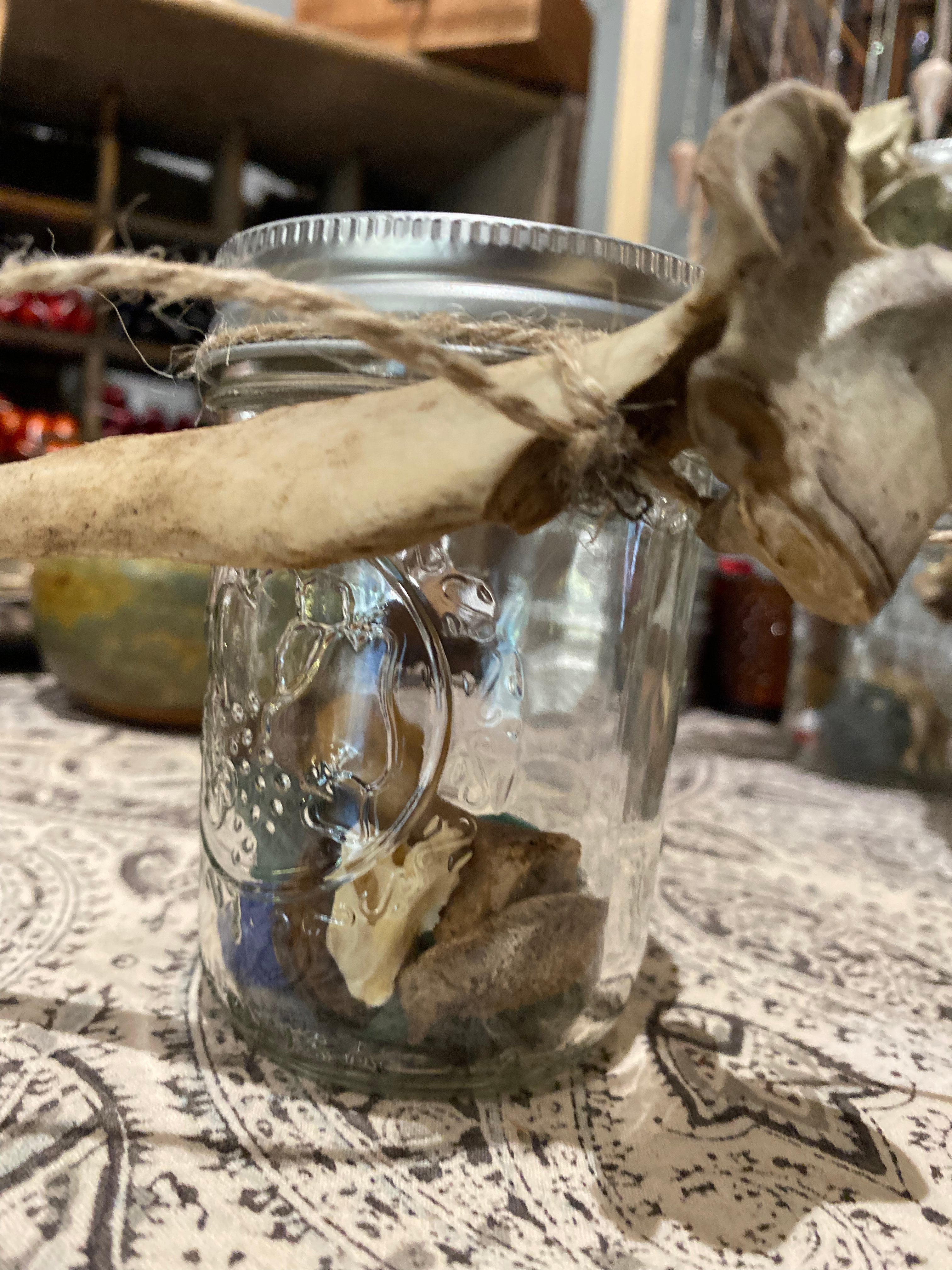
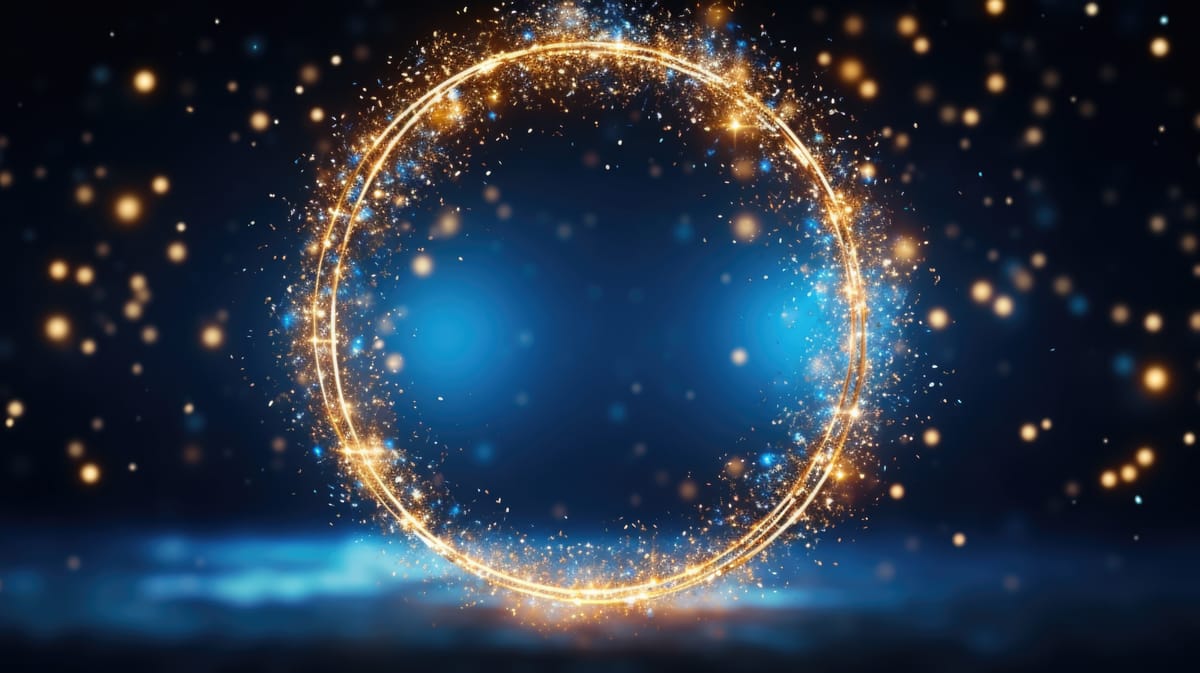
Find out more about Munay and its mission.
Munay is a sanctuary where seekers and guides gather to remember together, journey inward, exchange wisdom, and rekindle the timeless truths that unite us. Explore private sessions with ancient wisdom holders and transformative practices.

